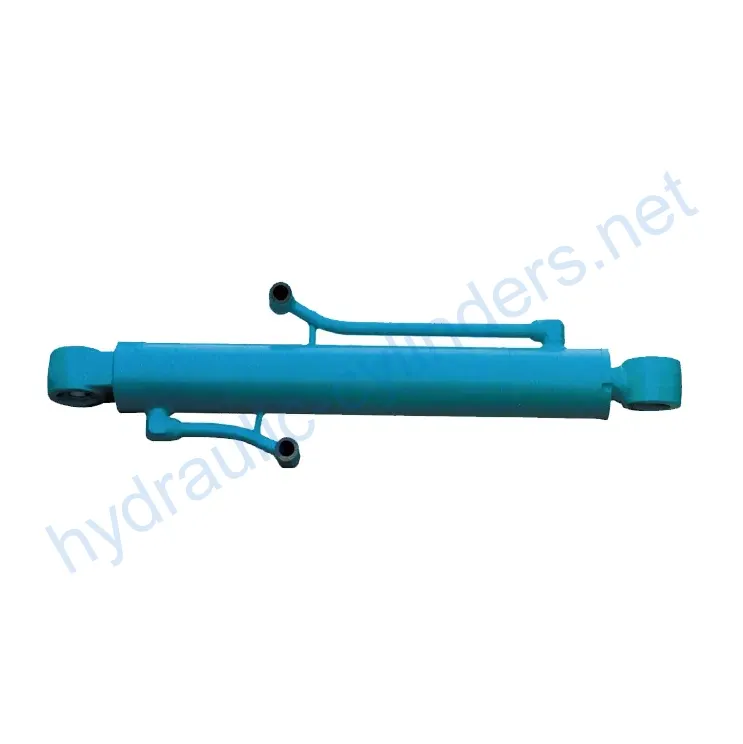Boom Cylinder For Yuchai YC85-8
Boom Cylinder For Yuchai YC85-8
Introduction to Boom Cylinders
The Boom Cylinder is a crucial component in hydraulic systems, specifically designed to control the movement of the boom in heavy machinery such as excavators, backhoe loaders, and front loaders. This hydraulic cylinder enables the boom to lift, lower, and tilt, facilitating efficient material handling tasks. The boom cylinder is essentially a hydraulic actuator that relies on fluid pressure to create motion, thus playing a vital role in the overall functionality of construction and agricultural equipment.
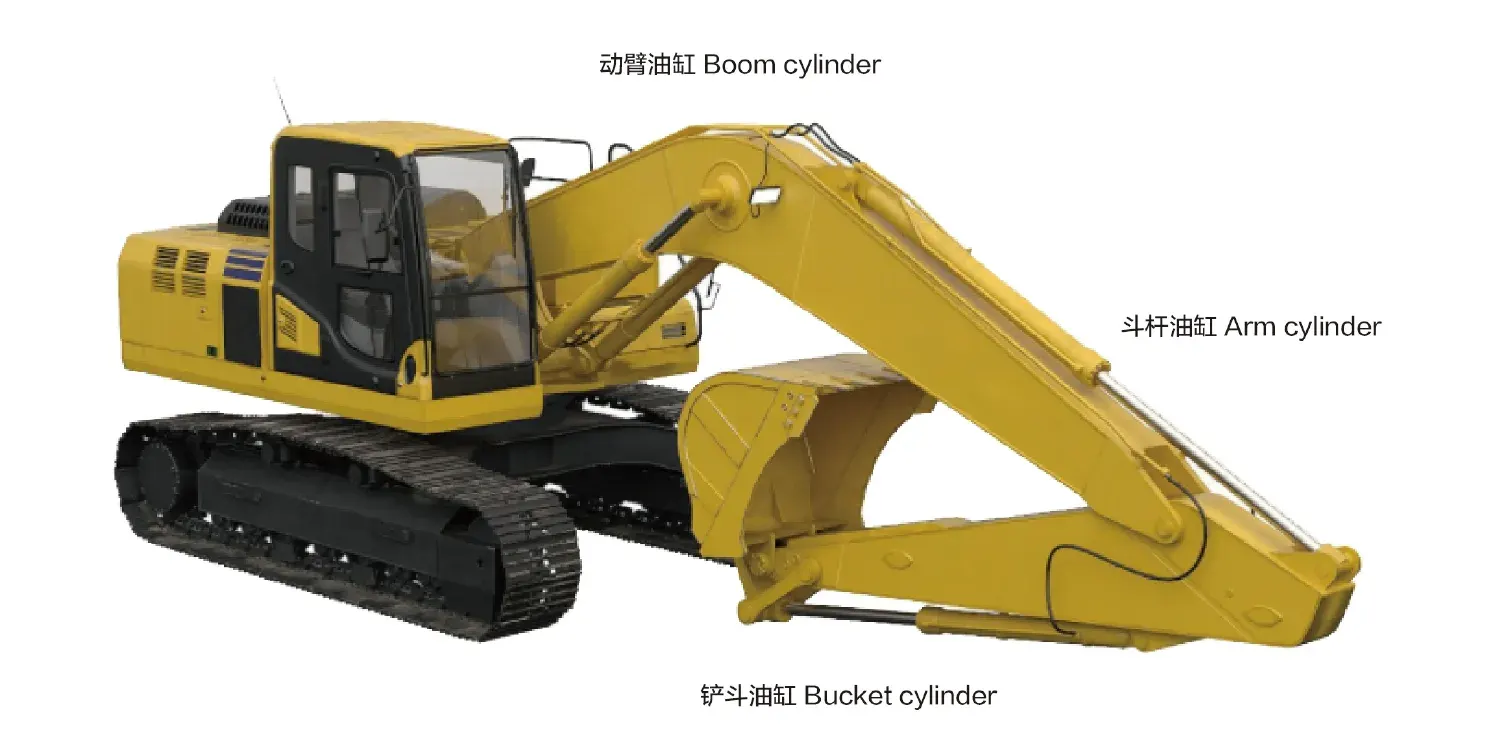
Features of the Boom Cylinder
- High Strength and Durability: Built from high-strength steel or aluminum, these cylinders can withstand high pressure and heavy loads, making them suitable for harsh working environments. They are designed for wear resistance and corrosion protection, extending their lifespan.
- Efficient Hydraulic Operation: The boom cylinder utilizes hydraulic oil pressure for smooth extension and retraction, providing quick responsiveness to control commands, and delivering strong push and pull forces ideal for handling heavy and complex tasks.
- Diverse Types: Available in single-acting (hydraulic action in one direction) or double-acting (hydraulic action in both directions) designs to meet varying operational needs. Certain models are telescopic, allowing for greater extension without increasing external dimensions, suitable for space-constrained applications.
- Custom Manufacturing: We can produce boom cylinders that perfectly replace existing hydraulic cylinders, ensuring compatibility and performance.
- Quality Assurance: Our manufacturing process incorporates high precision and strict quality control to guarantee optimum performance and reliability.
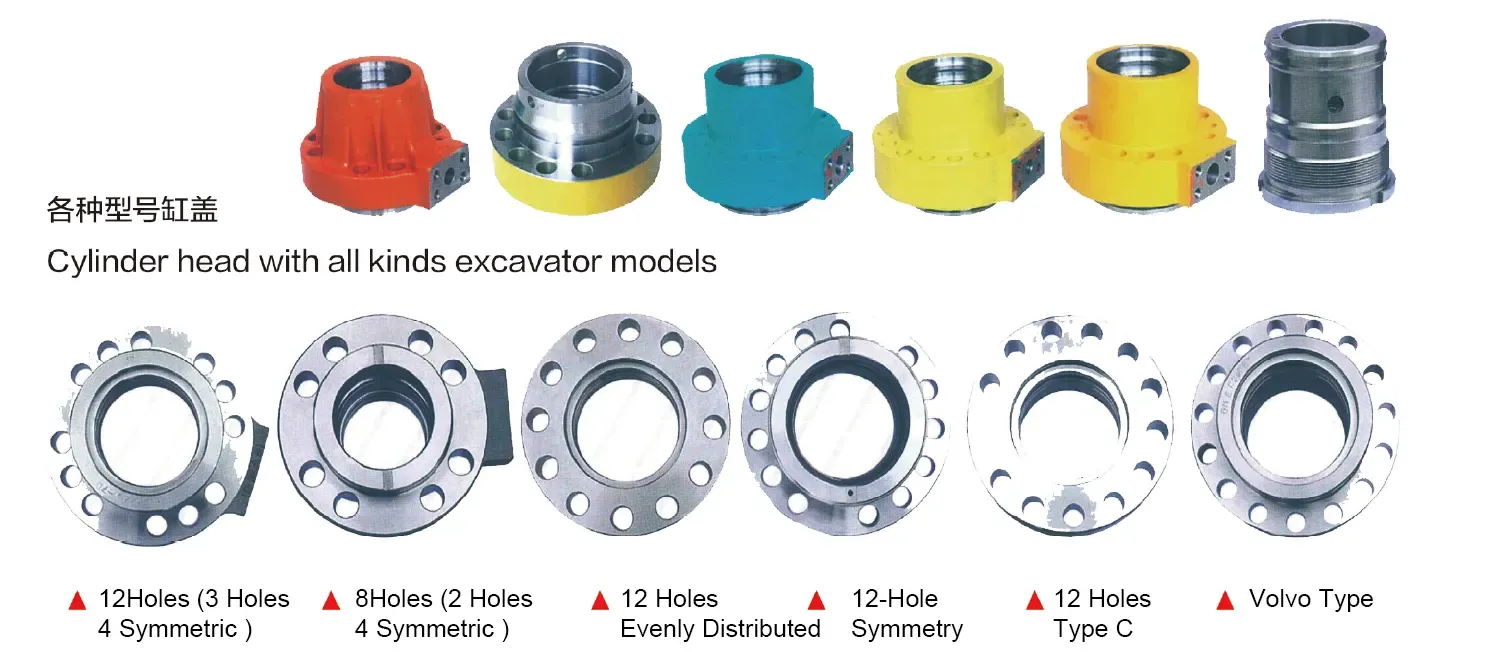
Applications of Boom Cylinders
Construction Equipment
In excavators, boom cylinders are integral to digging, loading, and moving dirt or debris. They not only facilitate the digging action but also assist in lifting and angling the bucket for optimal material handling. The efficiency of these cylinders improves overall productivity on construction sites, enabling machinery to perform a wider range of tasks with precision.
Agricultural Machinery
Used in front-end loaders, boom cylinders are essential for scooping, lifting, and transporting soil, hay, and other materials. Their robust design allows for operation in demanding agricultural environments, making them invaluable for tasks such as loading feed, managing waste, and moving bulk materials.
Excavation Work
In excavators, the boom cylinder enables the bucket to penetrate the soil, aiding in efficient excavation operations. This hydraulic component enhances the machine’s capability to handle different soil densities and types, making it adaptable for various digging conditions.
Loading Machines
In front loaders, boom cylinders significantly contribute to lifting and dumping loads effectively. The hydraulic design allows for smooth movement and precise control, ensuring that operators can maneuver loads safely and efficiently.
Design Considerations and Selection Criteria
Load Capacity
The load capacity of a boom cylinder is critical in determining its suitability for specific applications. It is essential to choose a cylinder with a load capacity that exceeds the maximum expected load to ensure safety and longevity. Overloading can lead to cylinder failure, posing risks to both the operator and the equipment.
Sealing Mechanisms
Sealing is vital for maintaining the hydraulic pressure within the cylinder. High-quality seals made from materials such as polyurethane or nitrile rubber prevent fluid leakage and protect against contaminants. Effective sealing mechanisms enhance performance and extend the lifespan of the hydraulic system.
Durability
The durability of the boom cylinder is influenced by the materials used in its construction and its design. Cylinders made from corrosion-resistant materials and designed to withstand wear and tear will perform better in challenging environments, reducing maintenance needs and downtime.
Safety Features
Safety is paramount when dealing with hydraulic systems. Boom cylinders should incorporate features such as pressure relief valves and safety locks to prevent accidental movements and ensure safe operation. Understanding and implementing these safety measures is crucial for protecting both operators and machinery.
Maintenance and Repairability
Ease of maintenance is an important design consideration. Boom cylinders that are designed for quick disassembly and have accessible components facilitate routine checks and repairs. This reduces downtime and maintenance costs while ensuring that the cylinder operates at peak efficiency.

Sealing and Lubrication of Boom Cylinders
Effective sealing and lubrication are essential for the optimal functioning of boom cylinders. Various seal types, such as piston seals and rod seals, should be utilized to ensure airtight containment. These seals are often made from abrasion-resistant materials, including polyurethane and nitrile rubber, providing robust protection against wear and tear.
Moreover, the cylinder body and threaded ends must undergo fine processing to enhance wear resistance and surface integrity. Regular lubrication with hydraulic oil is necessary to maintain smooth operation and prevent internal wear. Proper lubrication reduces friction between moving parts, significantly extending the lifespan of the hydraulic system.
Regular Inspection and Preventive Maintenance
- Routine Inspections: Regular checks for leaks, wear, and other indicators of performance issues are essential. Detailed inspections help identify potential problems before they escalate, ensuring the hydraulic cylinder operates efficiently.
- Proper Lubrication: Maintaining the correct level of hydraulic oil is critical. Operators should keep track of lubrication schedules and ensure that the system is adequately lubricated to prevent damage from friction.
- 更换密封件: Seals should be replaced periodically to maintain hydraulic integrity. Over time, seals can wear out or become damaged, leading to leaks and reduced efficiency.
Installation Guidelines for Boom Cylinders
Proper installation of boom cylinders is crucial for optimal performance. Begin by ensuring that all components are clean and free from debris. Align the cylinder accurately with the mounting points of the machine to prevent misalignment stresses. Utilize appropriate mounting brackets to secure the cylinder in place, ensuring that it is stable and correctly positioned.
Follow the manufacturer’s specifications for torque settings and fasten all hardware securely. After installation, conduct a functional test to ensure that the cylinder operates smoothly under load. Regularly check the installation for any signs of wear or misalignment and adjust as necessary to maintain performance.
Common Maintenance Tasks
Routine Inspection
Regular inspections are crucial to identify wear and potential failures early. Technicians should look for signs of oil leaks, unusual noises, or variations in performance. Establishing a consistent inspection schedule helps maintain the hydraulic system’s integrity.
Appropriate Lubrication
Ensuring that the hydraulic oil is at the correct level is vital for the smooth operation of boom cylinders. Operators should follow manufacturer recommendations for oil type and intervals, preventing potential failures due to inadequate lubrication.
Seal Replacement and Calibration Checks
Regularly replacing seals is necessary to prevent leaks and maintain hydraulic pressure. Calibration checks should also be performed to ensure the cylinder operates within specified parameters. This involves adjusting settings to optimize performance and prevent operational issues.
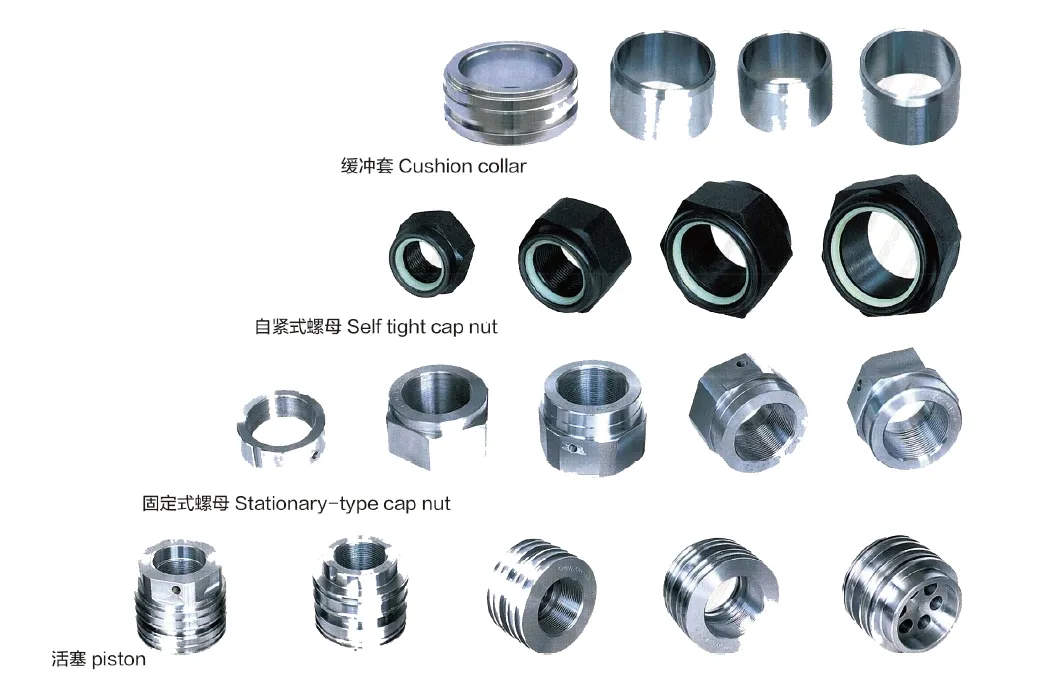
Safety Considerations and Environmental Factors
Implementing proper safety measures while using boom cylinders is essential to prevent accidents and ensure safe operation. Operators should be trained in the safe use of hydraulic equipment, including understanding load limits, recognizing signs of malfunction, and knowing emergency procedures. Additionally, environmental factors, such as extreme temperatures and exposure to corrosive substances, must be considered when selecting and maintaining hydraulic cylinders.
Troubleshooting and Common Issues
- Leakage: One of the most common issues with hydraulic cylinders is oil leakage. This may occur due to worn seals or damaged components. Regular inspections can help identify and rectify issues before they lead to major failures.
- Slow Operation: If the boom cylinder operates slowly, it may indicate low hydraulic fluid levels or air in the system. Checking fluid levels and bleeding the system can often resolve these issues.
- Unusual Noises: Grinding or clicking sounds during operation can suggest internal damage or contamination. Prompt diagnosis and repair are necessary to prevent further damage.
Addressing these issues promptly can improve the efficiency and lifespan of the hydraulic system, ensuring smooth operation of heavy machinery.
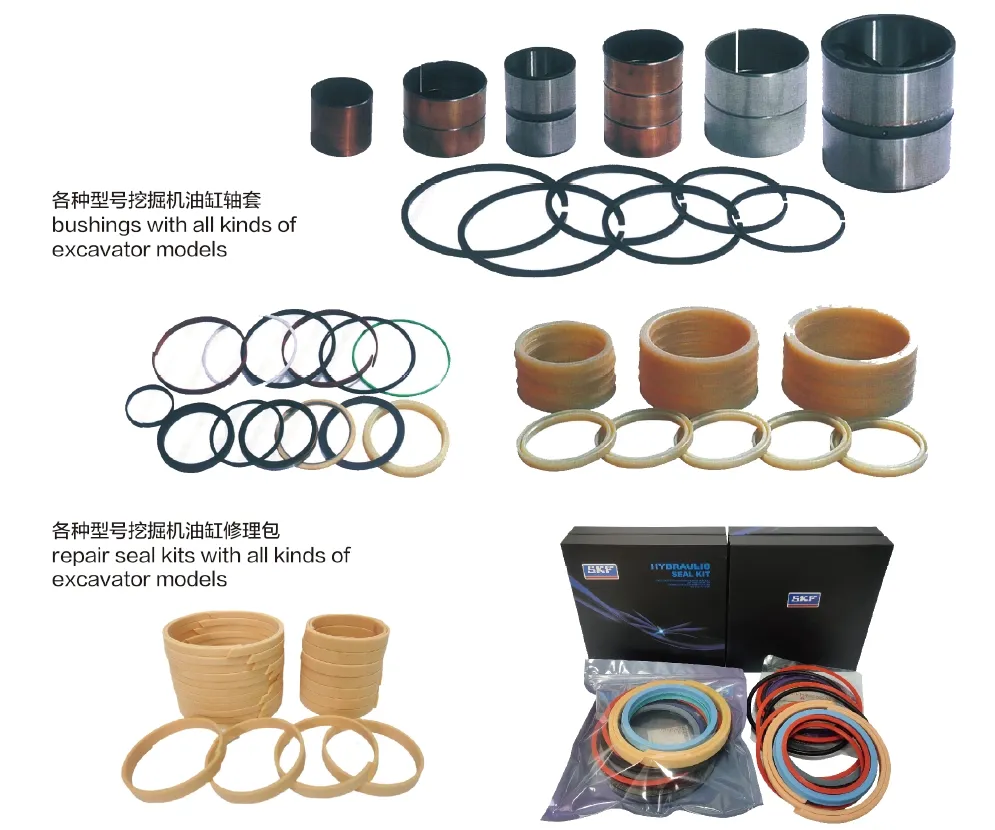
Company Overview
We are a leading manufacturer and supplier of hydraulic cylinders, recognized for our extensive product range and commitment to quality. Our company strives for excellence, leveraging a refined manufacturing management strategy that incorporates advanced technology, skilled workforce, and a professional testing system. We continuously improve our production capabilities to meet the diverse needs of our customers, ensuring high efficiency, precision, and quality.
Our commitment to professionalism is reflected in our certifications and adherence to international standards, guaranteeing that our products meet rigorous safety and quality benchmarks. We offer customized services to meet specific client requirements, ensuring that each product is tailored to the unique demands of various applications. Our state-of-the-art manufacturing equipment and processes ensure precision and reliability in every hydraulic cylinder we produce.
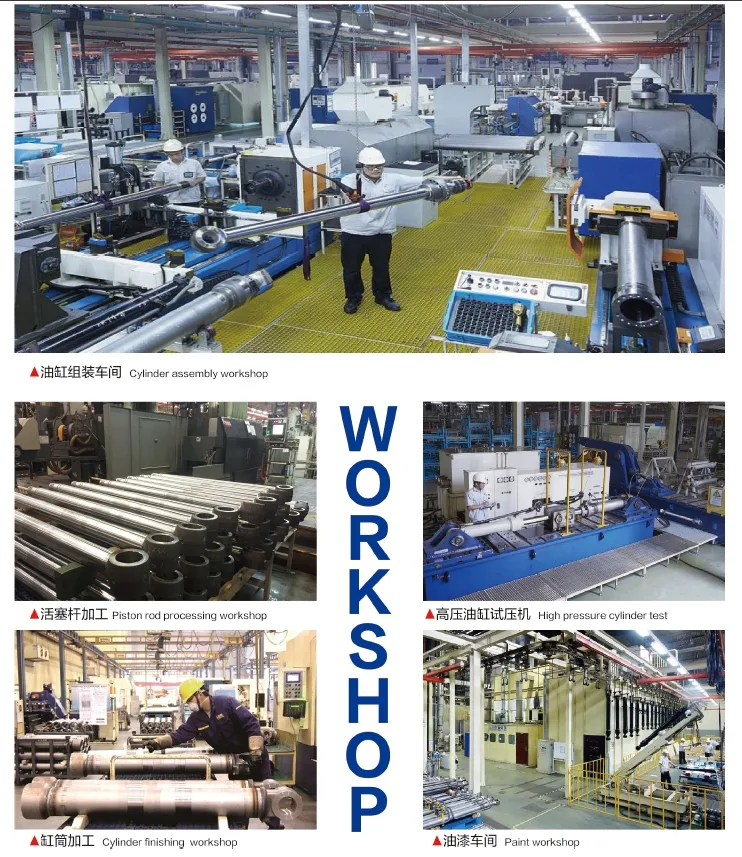
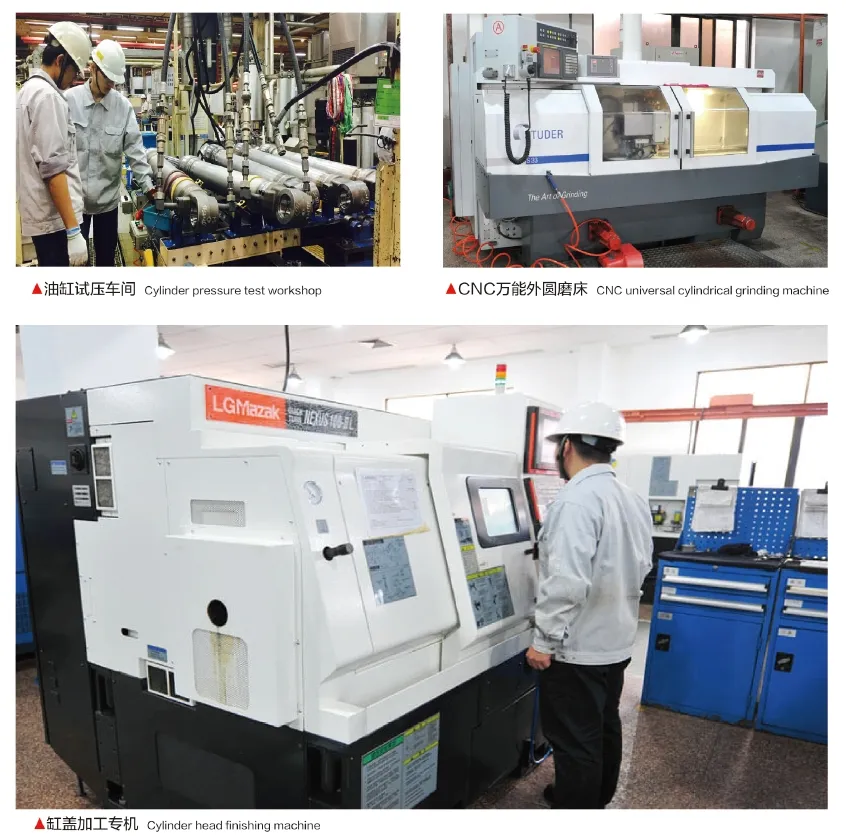
Author: lyl
参观我们的 VR 工厂
通过以下方式参观我们的 VR 工厂
液压缸应用:


